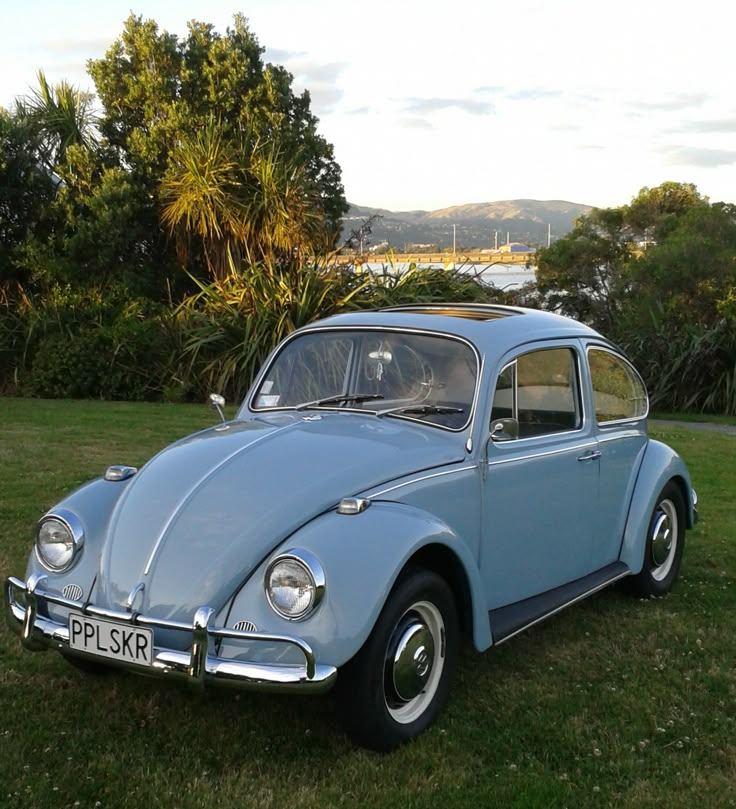A feel-good story of a funny-looking car that became a global legend.
It was small, round, and totally unlike anything else on the road. But the Volkswagen Beetle—a car that started life in the shadow of war—would go on to become one of the best-selling and most beloved vehicles in history. With more than 21 million units sold, this humble little car touched nearly every corner of the globe and every generation of drivers.
Let’s take a ride through the incredible journey of the Beetle—from propaganda to pop icon.
From Nazi Germany to the People’s Car
The idea for the Beetle began in 1930s Germany, where Adolf Hitler wanted an affordable “people’s car” (Volkswagen in German). Designed by Ferdinand Porsche, the first prototypes were built with a focus on reliability, simplicity, and low cost.
But World War II put the brakes on mass production. It wasn’t until after the war—when the British took over the Volkswagen factory—that the Beetle finally rolled into civilian life.
The Beetle Becomes a Global Superstar
Throughout the 1950s and ‘60s, the Beetle quietly crept into driveways across Europe, the U.S., South America, Africa, and Asia. Why? Because it was:
-
Cheap to buy and run
-
Surprisingly tough and reliable
-
Easy to fix (you could literally learn to fix it with a Haynes manual and a wrench)
And while other cars were getting bigger and flashier, the Beetle stayed… the Beetle. That weird charm worked.
By the late 1960s, the Beetle was outselling everything in America—even American cars.
A Symbol of Peace, Youth, and Personality
In the U.S., the Beetle shed its Nazi origin and became a counterculture icon. It was the car of:
-
Hippies
-
College kids
-
Free spirits
-
And anyone who wanted to break from the norm
It starred in movies like Herbie the Love Bug, appeared in Beetle-shaped ads with taglines like “Think Small,” and was often painted with flowers, peace signs, and personality.
It wasn’t just transportation—it was a statement.
The Beetle Goes Global
Volkswagen began producing the Beetle in countries around the world:
-
Brazil and Mexico became major hubs.
-
In Nigeria, the Beetle became affectionately known as the “Ijapa” (tortoise), and was once a staple of government fleets and families alike.
-
By the time production officially ended in 2003 in Puebla, Mexico, the Beetle had become the longest-running and most-manufactured car of a single platform ever.
The Comeback Car
The Beetle never really left. It was reborn as:
-
The New Beetle in 1998 (with a flower vase!)
-
A more modern redesign in 2011
-
Countless collector restorations and electric Beetle conversions today
Even though Volkswagen ended production of the Beetle line in 2019, it lives on in hearts, garages, and classic car meets everywhere.
A Little Car With a Huge Legacy
The Beetle’s story is one of resilience, reinvention, and universal appeal. It outlasted empires, crossed continents, and inspired decades of loyalty from people who didn’t just drive it—they loved it.
Because sometimes, all it takes to change the world… is a little bug.
